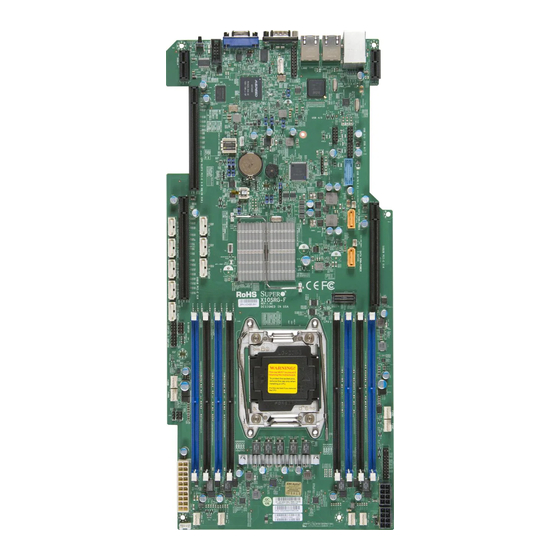
Supermicro X10SRG-F Manuals
Manuals and User Guides for Supermicro X10SRG-F. We have 1 Supermicro X10SRG-F manual available for free PDF download: User Manual
Supermicro X10SRG-F User Manual (137 pages)
Brand: Supermicro
|
Category: Motherboard
|
Size: 13 MB
Table of Contents
Advertisement
Advertisement
